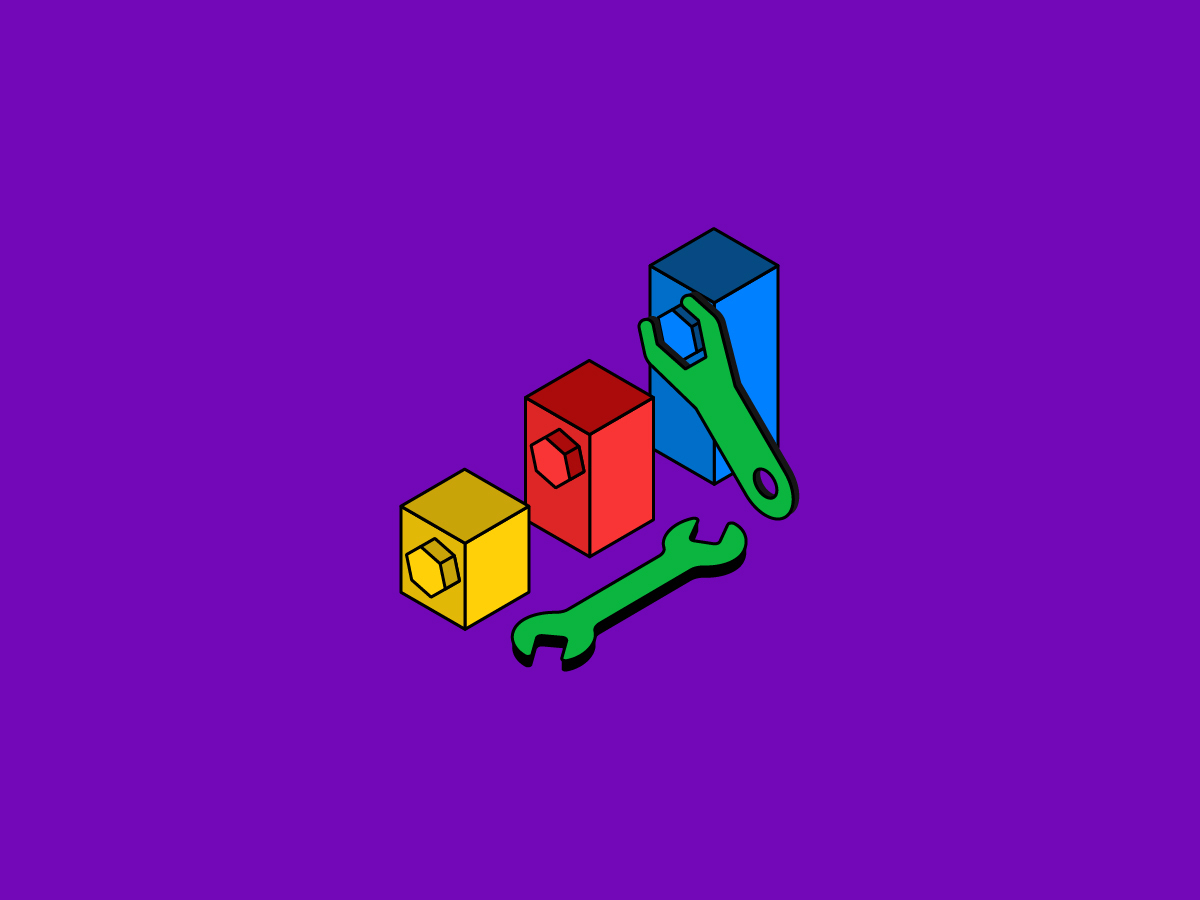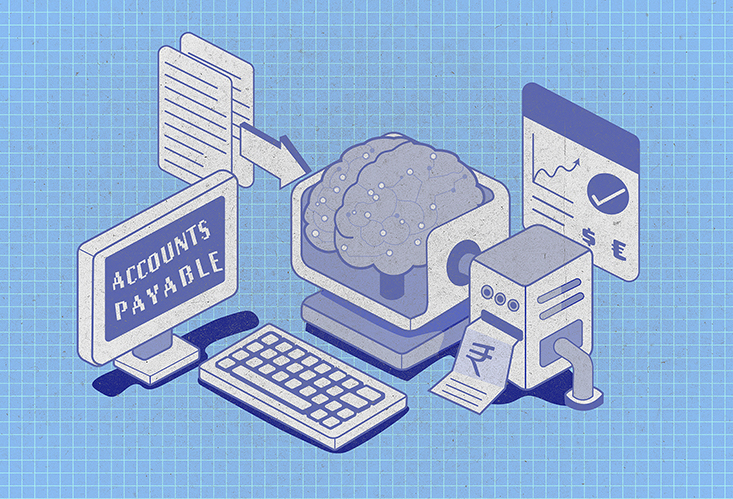In today's fast-paced business landscape, the role of the chief financial officer (CFO) has evolved beyond traditional financial management. CFOs are now strategic partners, driving growth and innovation within their organizations. And at the heart of their success lies powerful toolkits—the CFO tech stack.
This blog is thoughtfully framed as it takes you through the factors CFOs should consider when selecting tools. It is also jam-packed with candid tips for CFOs navigating the buying journey.
Precisely, this write-up helps you explore:
- The CFO tech stack
- Factors to consider when choosing tools
- Helpful tips for CFOs in their buying journey
- The benefits of CFO software
- Have a seamless buying experience
Let’s safely sift through.
The CFO tech stack
The CFO software stack encompasses a collection of essential systems and specialized tools that empower finance teams to efficiently manage their day-to-day responsibilities. These primary source systems include:
Financial planning & analysis (FP&A)
While having data is valuable, the transformation of that data into actionable insights is the pivotal factor. Finance teams primarily operate within FP&A (Financial Planning and Analysis) software. It enables them to examine the organization's financial well-being, forecast its future performance, and generate reports for sharing with the CFO.
Subsequently, the CFO disseminates this crucial information to executive leadership, facilitating informed decision-making and driving the company forward. Here’s why Bluecopa is a next-generation strategic finance tool. It helps you:
- Consolidate and aggregate large amounts of data from all apps
- Forecast and analyze various scenarios
- Collaborate across departments
- Create stunning visualizations for enhanced data storytelling
ERP and accounting systems
ERP and accounting systems like Oracle ERP, SAP ERP, NetSuite, and Xero automate accounting processes. These systems provide a single, fully integrated view of a company's financial data.
These tools can be used to generate reports, track expenses, and manage cash flow. They facilitate better collaboration between finance and accounting teams. Some of the benefits of using ERP and accounting systems include:
- Automated accounting processes
- Improved visibility into financial data
- Enhanced collaboration
- Reduced costs
- Improved compliance
Cashflow management solutions
Cash flow management systems are responsible for overseeing the movement of funds into and out of a business. These systems utilize information from previous financial and operational records to assist companies in maintaining a favorable cash position and predicting future cash flow.
Typically, cash management software is employed by FP&A departments in conjunction with other accounting and finance software, including business planning software and invoice management tools, among others. Cash flow management solutions like Agicap can provide several benefits for CFOs, including:
- Improved visibility into cash flow
- Automated workflows
- Improved decision-making
- Increased compliance
- Improved customer relationships
Spend and expense management
Businesses are increasingly adopting a data-driven approach to financial management, particularly regarding expenditure. However, finance departments often struggle to obtain accurate information, ranging from approvals for spending to expense reporting.
To address these challenges, spend management solutions offer finance teams tools to streamline and digitize spend management processes throughout the organization. Incorporating solutions like Spendesk and Airbase into the CFO's tech stack brings several benefits such as:
- Enhanced visibility and transparency
- Streamlined categorization and compliance
- Simplified approval processes
- Data-driven business spending
- Embedded positive spending culture
Billing and payments
Next-generation billing and payment platforms help businesses manage their revenue operations. These platforms provide a centralized command center for managing customer subscriptions, issuing invoices, and tracking revenue. Additionally, billing and payments software can send and receive payments on an automated basis and help to reconcile payments.
Two notable billing and payment systems that provide a holistic view of the organization's cash cycle are Stripe and Chargebee. Incorporating these tools provides benefits such as:
- Automated billing and payments
- Improved customer experience
- Reduced fraud and chargebacks
- Improved visibility into cash flow
- Compliance with regulations
Business intelligence
Business intelligence (BI) tools are software applications that help businesses collect, analyze, and visualize data. These tools can be used to gain insights into a company's operations, identify trends, make better decisions, and improve performance.
BI tools can help businesses to make better decisions. Here are some popular options: Tableau, Power BI, and Domo. These tools can help CFOs in many ways:
- Improved decision-making
- Increased efficiency
- Enhanced visibility
- Improved compliance
- Hyper collaboration
Procurement solutions
Procurement solutions are software applications that can help businesses automate and optimize their procurement processes. These solutions aim to improve efficiency, reduce costs, enhance transparency, and ensure compliance throughout the procurement lifecycle.
Some common examples include SAP Ariba, Oracle Procurement Cloud, and IBM Sterling. These help CFOs in the following ways:
- Track and forecast spending more accurately
- Automate manual tasks like supplier sourcing and negotiation
- Identify and manage risks such as supplier default and contract non-compliance
- Comply with financial regulations
- Collaborate with other departments within the company
AR/AP solutions
AP/AR solutions, also known as accounts payable/accounts receivable solutions, are software platforms or systems that automate and streamline the processes related to managing and tracking the payment of invoices (AP) and the collection of payments from customers (AR).
Some modern AP/AR solutions include Tipalti and Bill. These solutions are designed to enhance the efficiency, accuracy, and visibility of financial transactions, ultimately helping CFOs (Chief Financial Officers) in several ways:
- Automate repetitive tasks such as invoice processing, payment reconciliation, and collections
- Identify late-paying customers, take actions for collections, and forecast cash inflows and outflows
- Insights into payment trends, customer behavior, and cash flow patterns
Taxation solutions
Taxation solutions, also known as tax management software or tax automation tools, are designed to help organizations manage and streamline their tax-related processes.
These solutions provide a centralized platform to calculate, track, report, and comply with various tax requirements. Examples of taxation solutions include Vertex and Avalara. This assists CFOs in the following ways:
- Simplified tax compliance
- Enhanced tax planning and strategy
- Improved tax audit and risk management
Factors to consider when choosing tools
Selecting the right toolkit will help you navigate complexity, drive efficiency, and celebrate healthy growth. It’s important to remember that successful CFOs always choose applications that align tightly with their organizational needs.
Below, we enlist eight factors you should go over before sealing the deal.
1. Check for integration capabilities. Seamless integration with existing systems provides real-time insights and eliminates manual data entry.
2. Examine scalability and flexibility. Choose scalable tools that will adapt to rapid growth, changing needs, and evolving business models.
3. Assess whether it’s cloud based. Embrace cloud-based tools for enhanced collaboration, remote work support, and cost-effective scalability.
4. Look for analytics and reporting. Utilize analytics-powered tools to extract actionable insights, track KPIs, forecast, analyze profitability, and optimize financial strategies.
5. Calculate cost-effectiveness and ROI. Assess the total cost of ownership and ROI of your tech stack, considering upfront costs, ongoing fees, and productivity gains.
6. Gauge user-friendliness and adoption. Prioritize user-friendly tools with intuitive interfaces, easy navigation, and comprehensive training and support.
7. Evaluate vendor reputation and support. Partner with reputable vendors known for reliability, excellent customer support, regular updates, and a strong user community.
8. Harness security and compliance features. Use tools with robust security measures, compliance features, data encryption, and secure payment gateways.
Helpful tips for CFOs in their buying journey
Here are some tips for CFOs looking to build a top of line tech stack:
💡Pro Tip 1: Start by understanding your needs
What are the specific areas of your financial management that you need help with? Once you know what you need, you can start to narrow down your options.
💡Pro Tip 2: Consider your budget
Technology stack can range in price from a few hundred dollars to several thousand dollars per year. Make sure to factor in the cost of the software, as well as the cost of implementation and ongoing support.
💡Pro Tip 3: Read reviews
There are several online resources where you can read reviews of different technology stacks. This can be a great way to get feedback from other users and learn about the pros and cons of different options.
💡Pro Tip 4: Talk to other CFOs
Networking with other CFOs can be a great way to get recommendations for technology stacks. They may be able to share their experiences with different software and help you choose the right option for your business.
The benefits of CFO software
Implementing the right tech stack can bring about a plethora of benefits. Some key advantages include:
Accurate and real-time financial insights
An effective tech stack provides accurate and real-time financial data and analytics. This allows you to make better decisions, identify trends, and spot potential problems early on.
Improved financial planning and forecasting
With advanced analytics tools and forecasting capabilities, you can create more accurate financial projections, scenario analyses, and revenue forecasts. This can help you make better decisions about resource allocation, pricing, and marketing.
Enhanced compliance and risk management
The right tech stack includes features to ensure compliance with financial regulations, tax laws, and industry standards. This can help businesses avoid costly fines and penalties.
Competitive advantage
Having the right tech stack gives you a competitive advantage. The ability to make data-driven decisions and respond quickly to market changes can set you apart from competitors.
Have a seamless buying experience
In conclusion, building the modern CFO tech stack is an exciting journey filled with potential. By carefully selecting tools aligned with your needs and considering factors, you can create a powerful tech stack.
So, embark on this transformative journey, make informed buying decisions, and unleash the full potential of your CFO tech stack. With tools like Bluecopa, you'll navigate complexity, drive efficiency, and celebrate the healthy growth of your organization. Request a demo. We’re a click away.
Modern CFO software FAQs
1. What software does a CFO use?
CFOs rely on a range of software solutions as part of their tech stack. This includes enterprise resource planning systems (ERPs) and accounting software offered as Software-as-a-Service (SaaS). Since finance plays a central role in managing overall business data, it is essential to incorporate systems of record from various departments into the finance tech stack.
To consolidate financial data and facilitate business performance analysis and forecasting, finance tools like Bluecopa offer integrations with other CFO software. These integrations streamline data management and enable CFOs to gain valuable insights into their organization's financial health and make informed decisions.
2. Why is CFO software important?
An optimal software stack empowers finance leaders to obtain comprehensive insights across all areas of the business. This holistic perspective allows them to analyze and predict financial data, enhance business performance, and make well-informed decisions.
By leveraging the right software tools, finance leaders can gain a deep understanding of the organization's operations and leverage data-driven insights to drive success.




.jpeg)

